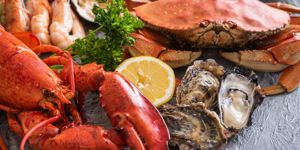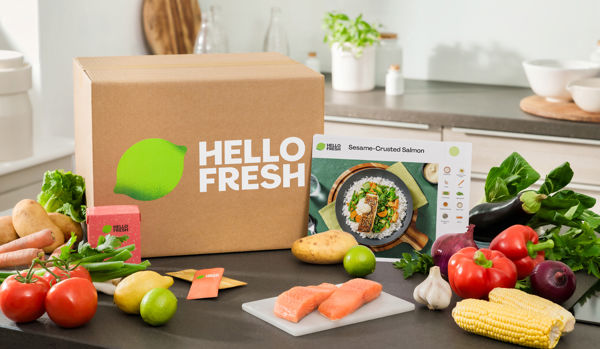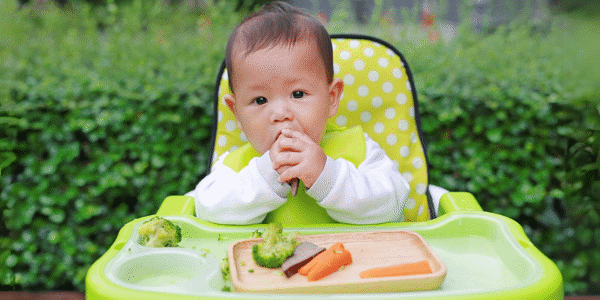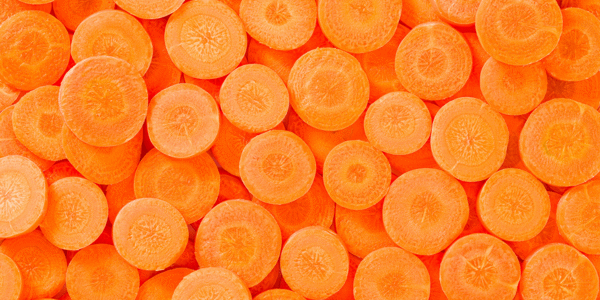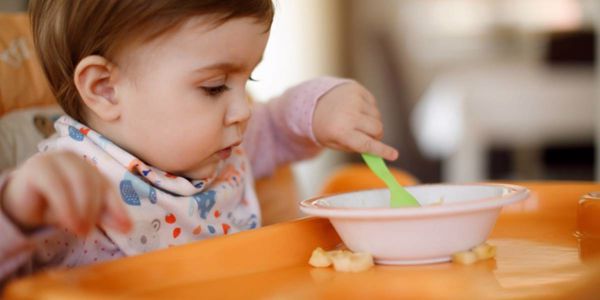Introducing shellfish to your baby’s diet can be a nutritious and delicious way to expand their repertoire of food. Here's everything you need to know about how and when to introduce shellfish to your baby, as well as its benefits and potential allergens.
When Can Babies Start Eating Shellfish?
You can introduce shellfish to your baby as early as six months old, but it’s important to approach this milestone with a little caution.
The NHS and Food Standards Agency recommend introducing a variety of foods, including potential allergens like shellfish, peanuts, and eggs, when your baby is around six months old - the recommended age for weaning. (It's a good idea to start with plainer foods first before moving on to tastier ones so your baby gets used to the flavours of veggies like broccoli and cauliflower.)
Shellfish refers to shrimp, prawns, langoustines, crabs, mussels and scallops, with squid being one to reserve for when they’re a little older as it’s very chewy. Shellfish needs to be cooked thoroughly to avoid bacteria and viruses and only served in small amounts, limited to two portions a week.
Can My Baby Eat Raw Shellfish?
It’s not safe to give raw shellfish to babies or kids. The likes of clams, mussels and oysters all contain harmful bacteria and viruses, so to reduce the risk of food poisoning, give raw shellfish a huge swerve.
What Makes Shellfish Beneficial for Babies?
Not only is it super tasty, shellfish is low in saturated fats and jam-packed full of essential nutrients – all brilliant for your baby’s growth and development.
- Protein: Vital for muscle growth and repair.
- Omega-3 Fatty Acids: Important for brain development and eye health, although it’s worth noting that shellfish won’t provide your baby with as much Omega-3 as fish.
- Vitamins and Minerals: Vitamin B12, zinc, and iodine support various bodily functions, including the immune system and thyroid function.
Does your family have a history of allergies to shellfish?
Here’s where we advise approaching with caution. There doesn’t need to be any particular delay in introducing these foods, but it is a process that should be done gradually, one shellfish at a time, with a gap of several days in between so you can keep an eye out for any allergic reactions.
If your family has a history of allergens, it’s worth seeking advice from your health visitor or GP on how to proceed. If not, you’ve got the green light to introduce shellfish, and doing so early is thought to promote tolerance and potentially reduce the risk of developing an allergy later in life.
What Does a Shellfish Allergic Reaction Look Like?
A shellfish allergic reaction can be pretty alarming. You might notice hives or swelling, especially around their face and lips. Some little ones might have trouble breathing, which is very serious and needs immediate attention. Others might experience gastrointestinal distress, like nausea, vomiting, or stomach cramps. If you spot any of these symptoms after your child eats shellfish, it's crucial to seek medical help right away – don’t wait.
Preparing Shellfish for Baby-Led Weaning
6 Months Old:
At six months, babies are just beginning their weaning journey so shellfish should be introduced in very small amounts, ensuring it is well-cooked and finely minced. For example:
- Crabby Mash: Steam a small amount of crab meat and mash it thoroughly with a fork. Mix it into mashed sweet potato or avocado to create a smooth texture that is easy for your baby to handle.
9 Months Old:
By nine months, your baby might have a few teeth and a better ability to handle more textured foods. Shellfish can be offered in slightly larger, bite-sized pieces that are easy to pick up and gum:
- Shrimp Patties: Blend cooked shrimp with breadcrumbs and a little egg to bind. Form into small patties and bake until firm. These can be broken into small, manageable pieces for your baby to pick up.
12 Months Old:
At twelve months, babies often have developed a more advanced pincer grip and can handle a variety of textures. Shellfish can be offered in small chunks:
- Mini Seafood Pasta: Cook small pasta shapes and mix with finely chopped, cooked shellfish like shrimp or crab. Add a little olive oil and finely chopped, soft vegetables like zucchini or peas.
Easy Weaning Recipe Ideas for Shellfish
Crabby Mash:
Ingredients:
- 2 tablespoons cooked crab meat
- 1 small sweet potato, peeled and cubed
- 1 tablespoon unsalted butter or olive oil
Instructions:
- Steam or boil the sweet potato until soft.
- Mash the sweet potato with the butter or olive oil.
- Mix in the finely minced crab meat until well combined.
- Serve warm.
Shrimp Patties:
Ingredients:
- 1 cup cooked shrimp, finely chopped
- 1/2 cup breadcrumbs
- 1 egg
Instructions:
- Preheat your oven to 350°F (175°C).
- In a bowl, mix the chopped shrimp, breadcrumbs, and egg until well combined.
- Form small patties and place them on a baking sheet lined with parchment paper.
- Bake for about 15 minutes or until firm and cooked through.


